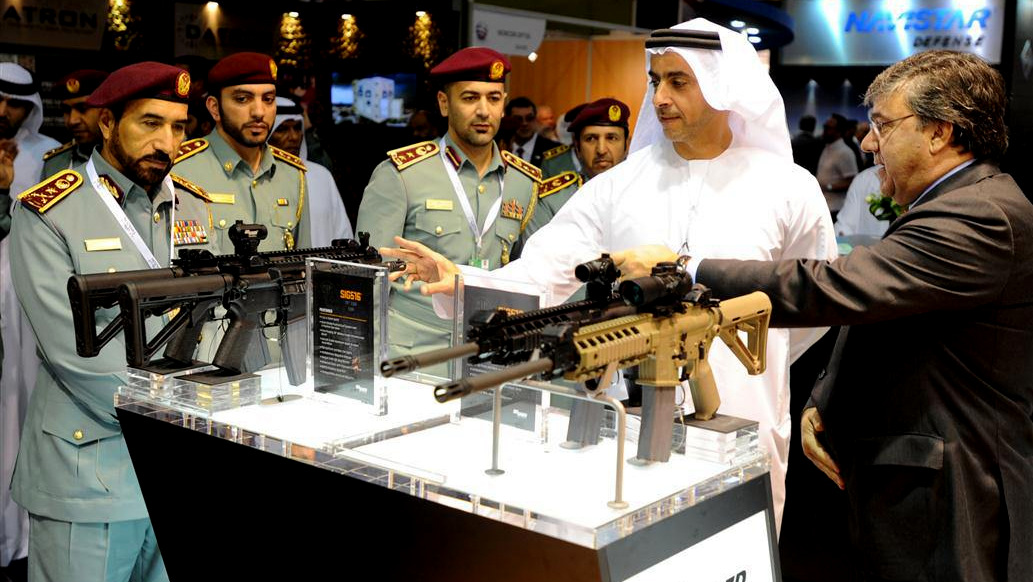Headlines:
- Sri Lanka Moves to Ban the Burqa
- Algeria Military Leaders Failing to Placate Protestors
- Global Military Spending Booming
Sri Lanka Moves to Ban the Burqa
Muslim women have been banned from wearing face veils under an emergency law passed by Sri Lanka‘s president, days after more than 250 people were killed in series of bombings in the country’s capital Colombo. The president’s office said any garment or item that obstructs the identification of a person’s face would be barred. The motion was submitted to parliament stating that the garment, which covers the whole body and the face, was “not a traditional Muslim attire” and should be outlawed on security grounds. The Sri Lankan government and security services have been accused of massive failures in light of the attacks, including receiving intelligence of an impending attack. Despite the glaring inconsistencies in the attacks, it seems the Sri Lankan government has read directly from Western books in banning Muslims’ attire under security rather then dealing with the underlying causes.
Algeria Military Leaders Failing to Placate Protestors
Thousands of protesters have continued to gather across Algeria to protest against the lingering political influence of former President Abdel Aziz Bouteflika’s family after a week of arrests against high-profile billionaires failed to fully appease the protesters. Algeria’s protesters are maintaining their ability to regularly organise demonstrations on Jummah. The country’s interim government has thus far failed to satiate all the demands of the protesters, who seek to remove all elements of Bouteflika’s rule, including many public officials. The ruling elite are hoping the removal of the rules and some of his cronies will placate the masses, which so far have failed.
Global Military Spending Booming
The world is arming itself to the teeth. That is the conclusion of a new report published on April 29th by the Stockholm International Peace Research Institute (SIPRI). Global military spending last year rose to $1.8 trillion, says SIPR. This is the highest military spending since the Cold War. In 2018, the US and China accounted for half of the world’s military spending. US military spending reached $649 billion, leaving it still by far the world’s biggest spender. It accounted for 36% of total global military expenditure, nearly equal to the following eight biggest-spending countries combined. In 2018 the US raised its already-gargantuan defence budget for the first time in seven years, ending an era of belt-tightening imposed by Congress. The boost reflected the Trump administration’s embrace of what it calls “great power competition” with Russia and China—requiring fancier, pricier weapons—in place of the inconclusive guerrilla wars it had fought since 2001. China, the second-biggest spender, saw military expenditure rise to $250 billion, the 24th consecutive annual increase. The spending boom is driven, above all, by the contest between America and China for primacy in Asia. Start with America.

